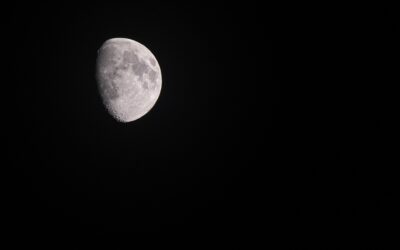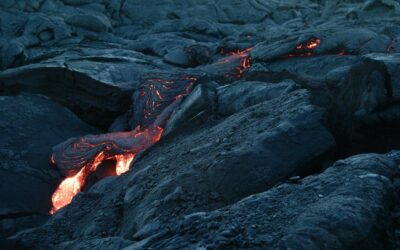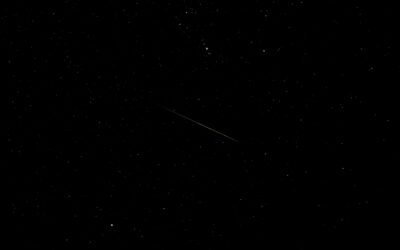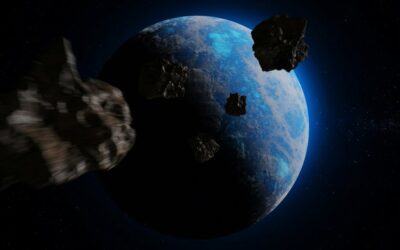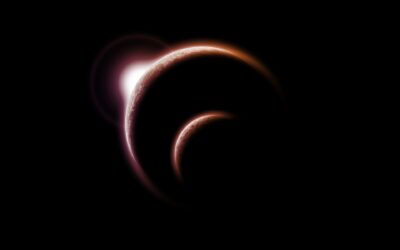
Super-Earths: The galaxy’s most common and potentially most habitable planets
Astronomers have confirmed that super-Earths—planets larger than Earth but smaller than Neptune—are not only the most widespread type of exoplanet in the Milky Way but also possibly among the best candidates for habitability. These intriguing worlds may offer conditions even more favorable to life than our own planet, upending long-standing assumptions in planetary science. A…

